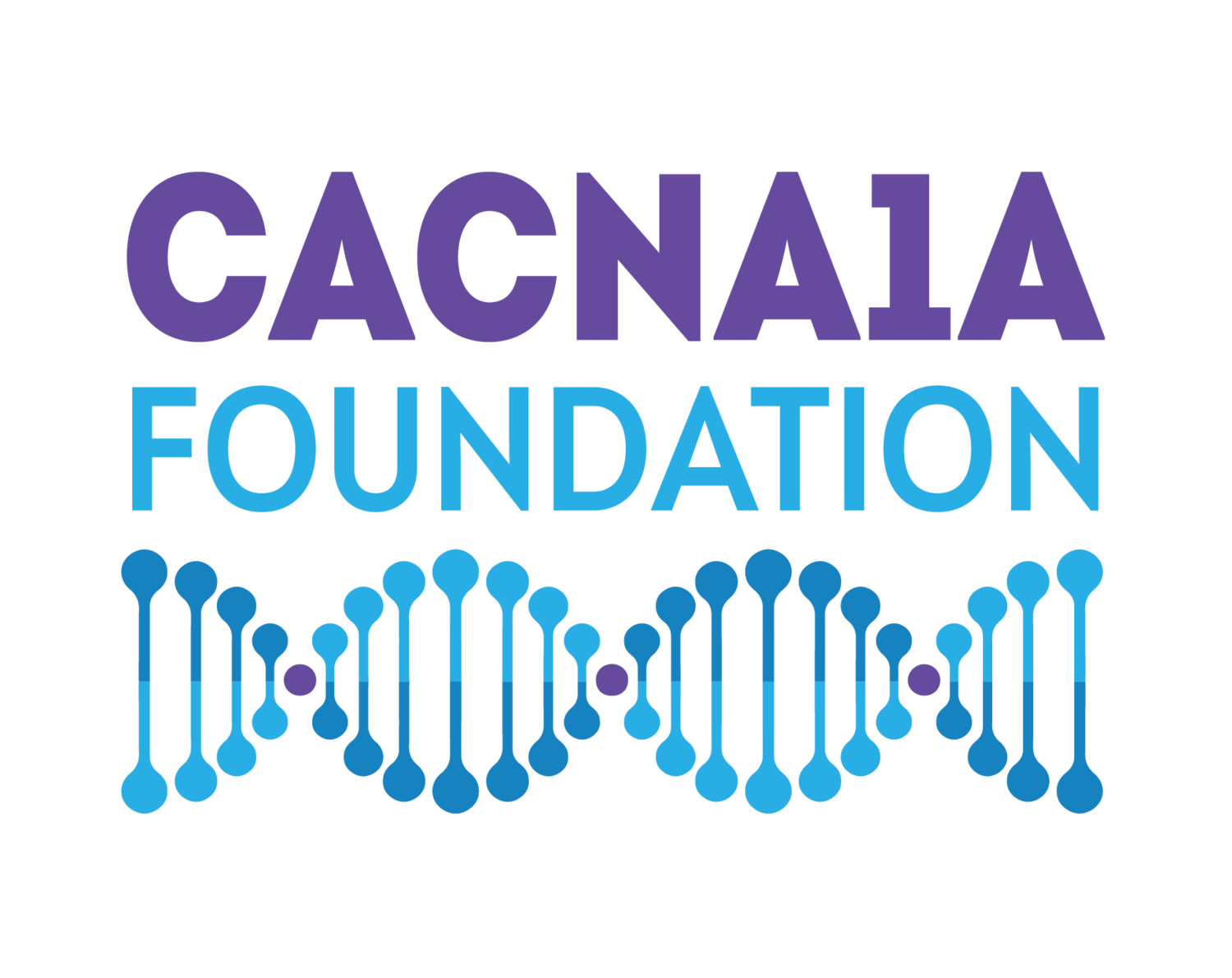Clarify CACNA1A
Welcome to the CACNA1A Foundation blog: updates on current research, advocacy efforts,
therapy options, community activities and real life experiences of caregivers.
The COVID-19 vaccine & CACNA1A
In the United States, almost 40% of our population is fully vaccinated. Cities and towns are starting to lift restrictions, and we are beginning to see the light at the end of the tunnel. As a rare disease community, we should be relieved, yet this step brings with it increased anxiety and challenges; We are eager to see our friends and families, yet there is a need to balance security with socialization. With the recent approval by the FDA of the Pfizer-BioNTech COVID-19 vaccine for children aged 12 - 15, many families are wondering if they should vaccinate their children. The CDC is recommending the vaccine for this age group.
The CACNA1A Foundation is now part of CombinedBrain, ensuring more visibility for our disease.
The CACNA1A Foundation is excited to announce that we have been accepted as a member of COMBINEDbrain a non-profit consortium of 25 patient-advocacy foundations, each representing a different rare genetic neurodevelopmental disorder. COMBINEDBrain is devoted to speeding the path to clinical trial readiness for severe rare neurodevelopmental disorders by pooling efforts, studies and data.
The Importance of Testing and Individualized Treatment for CVI
The world of cortical vision impairment (CVI) introduced my family and me to a whole new “language” regarding vision. We learned that for children who are born with CVI, getting this diagnosis early in life is crucial. It’s critical for any child diagnosed with CVI to be assessed with the CVI Range as early as possible because it provides the framework for individualized interventions.
Living Life With Cortical Vision Impairment
Our family was catapulted into the world of cortical vision impairment (CVI) after our youngest daughter, Addilynn, experienced a status epilepticus event that resulted in her suffering a traumatic brain injury (TBI) at the age of three.
The Importance of Signing Up for the CACNA1A Natural History Study
The CACNA1A Natural History Study, designed and vetted by the Chung Lab at Columbia University, will provide valuable information to doctors and scientists about CACNA1A related disorders. Individuals will be asked to fill out detailed health questionnaires and provide comprehensive medical data, including MRIs and EEGs. The study has been approved by Columbia University’s Institutional Review Board (IRB), and all information will be de-identified and safely stored. Annual updates will characterize the course of the disease over time. It is a huge endeavor but by participating and telling your story, you will directly advance research on CACNA1A related disorders and contribute to a cure!
Mastering a school-based OT skill
Joyce Lucas, MA, OTR/L writes about teaching a student with a CACNA1A variant to write her name independently utilizing low tech assistive technology for support.






